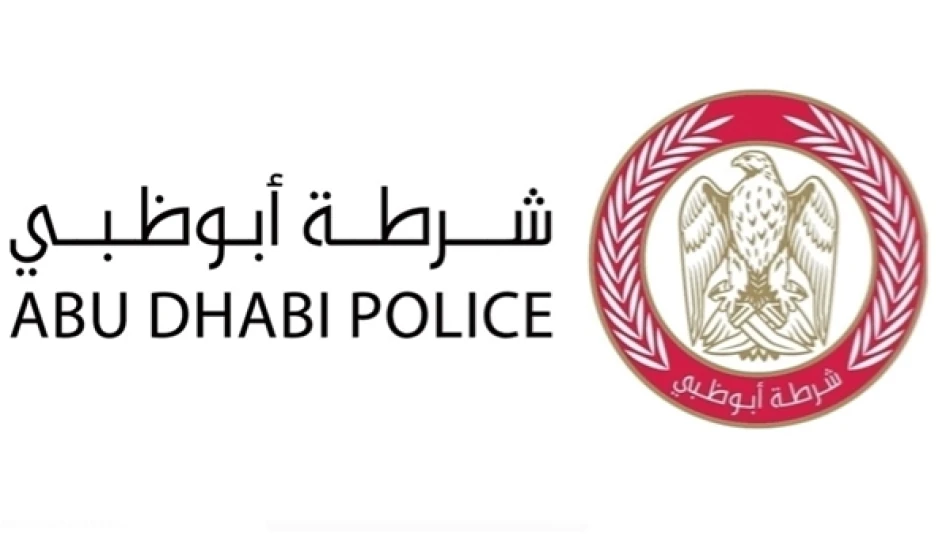
Abu Dhabi Police Issue Public Safety Advisory: Stay Informed, Stay Secure
Abu Dhabi Police Issue Urgent Safety Warning as Dust Storms Slash Highway Visibility
Abu Dhabi Police have issued an urgent safety alert to drivers as severe dust storms sweep across the emirate, dramatically reducing horizontal visibility on major roadways. The warning comes as authorities stress the critical importance of avoiding phone use and photography while navigating hazardous driving conditions that have become increasingly common during the UAE's dust season.
Immediate Safety Measures for Drivers
The Abu Dhabi Police General Command emphasized through their official social media channels that drivers must exercise extreme caution due to the significantly impaired visibility caused by dust and sand particles in the air. The advisory specifically targets two dangerous behaviors: phone use and attempting to photograph the weather conditions while driving.
Key safety recommendations include:
• Maintaining heightened alertness due to reduced horizontal visibility
• Avoiding all mobile phone use while driving
• Refraining from taking photos or videos of the dust storm conditions
• Prioritizing the safety of all road users
Understanding the UAE's Dust Storm Patterns
The timing of this warning aligns with the UAE's typical dust season, which occurs primarily during spring and early summer months. These weather events are driven by strong winds that lift fine sand particles from the Arabian Peninsula's vast desert regions, creating hazardous driving conditions that can reduce visibility to mere meters.
Historical Context and Frequency
The UAE experiences an average of 20-30 significant dust events annually, with Abu Dhabi's location making it particularly susceptible to these weather patterns. The emirate's extensive highway network, including critical arteries connecting to Dubai and other northern emirates, becomes especially dangerous during these conditions.
Technology and Safety Infrastructure Response
Abu Dhabi's approach to dust storm management represents a broader trend in Gulf state emergency preparedness. The emirate has invested heavily in advanced weather monitoring systems and real-time communication networks that enable rapid public warnings through social media platforms and digital highway signage.
This proactive communication strategy mirrors similar approaches adopted by other Gulf states, where rapid urbanization and heavy reliance on highway transportation have made weather-related safety communications a critical public service.
Economic and Transportation Impact
While individual dust storms may seem routine, their cumulative impact on the UAE's transportation infrastructure is substantial. Abu Dhabi's position as a major economic hub means that highway closures or accidents during dust events can disrupt supply chains, affect airport operations, and impact the daily commute of hundreds of thousands of residents.
Insurance and Safety Considerations
The emphasis on avoiding phone use during these conditions reflects growing awareness of distracted driving risks, particularly when environmental hazards compound the danger. Insurance data from the region shows that weather-related accidents often involve secondary factors like driver distraction, making the police warning particularly relevant for risk management.
Regional Weather Patterns and Future Preparedness
Climate scientists note that dust storm intensity and frequency in the Arabian Peninsula may be influenced by broader regional weather patterns and climate change effects. This reality has prompted UAE authorities to continuously refine their emergency response protocols and public communication strategies.
The current warning system represents an evolution from traditional radio and television alerts to real-time social media communication, reflecting the UAE's broader digital transformation initiatives and the need for immediate public safety messaging in rapidly changing weather conditions.
Most Viewed News

 Layla Al Mansoori
Layla Al Mansoori






